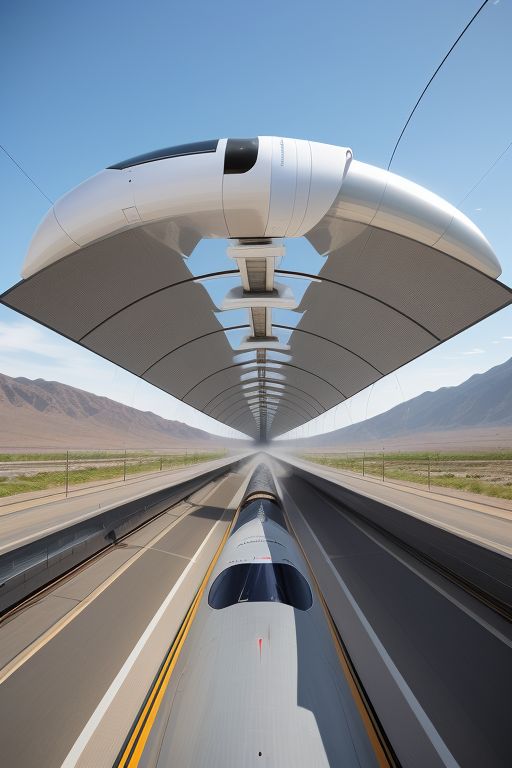The concept of Hyperloop travel represents a revolutionary stride in transportation technology, promising to redefine the way we think about distance and speed. By breaking the sound barrier, this new era of travel could significantly reduce travel times between major cities, potentially transforming the global economy, urban development, and how we conceive of geographical constraints.
Understanding Hyperloop Technology
At its core, the Hyperloop is a proposed mode of passenger and/or freight transportation, first widely popularized by entrepreneur Elon Musk in 2013. It involves the movement of capsules or pods in a low-pressure tube at speeds that can exceed those of commercial air travel, theoretically reaching up to 700 miles per hour (approximately 1,126 kilometers per hour). The concept leverages magnetic levitation technology to reduce friction, enabling these high speeds with purportedly greater energy efficiency than current high-speed rail systems.
Breaking the Sound Barrier
The sound barrier refers to the increase in aerodynamic drag as an object approaches the speed of sound, which is about 767 mph (1,235 km/h) at sea level but varies with altitude. Overcoming this barrier is a significant technical challenge for any mode of transportation. In the context of Hyperloop, breaking the sound barrier would involve not just reaching these speeds but doing so in a way that is safe for passengers and economically viable.
The Impact of Hyperloop Travel
- Dramatic Reduction in Travel Times: Hyperloop promises to drastically reduce travel times between major urban centers. For instance, a journey from Los Angeles to San Francisco could potentially be completed in about 30 minutes, compared to nearly 6 hours by car or 1.5 hours by plane when accounting for airport procedures.
- Economic and Environmental Benefits: By providing a faster mode of transport, the Hyperloop could enhance economic integration, making it easier for people to live in one city and work in another. Furthermore, if powered by renewable energy, it could offer a more sustainable alternative to air and road travel, with lower carbon emissions.
- Challenges and Criticisms: Despite the potential benefits, the Hyperloop faces significant hurdles. Technical challenges related to safety, infrastructure costs, and the ability to break the sound barrier without causing discomfort or harm to passengers are significant. Moreover, the economic feasibility of constructing and maintaining hundreds of miles of low-pressure tubes remains a topic of debate.
Looking Forward
As of my last update, several companies and research teams around the world are working on making the Hyperloop concept a reality, with test tracks being built and prototypes tested. While breaking the sound barrier in a ground-based transportation system is an ambitious goal, the potential rewards in terms of travel efficiency, economic benefits, and environmental sustainability make it a tantalizing prospect.
The success of Hyperloop technology will depend not only on overcoming significant engineering and financial challenges but also on public acceptance and regulatory approval. As this new era of travel continues to develop, it holds the promise of making the world a much smaller place, fundamentally changing our relationship with space and time.
